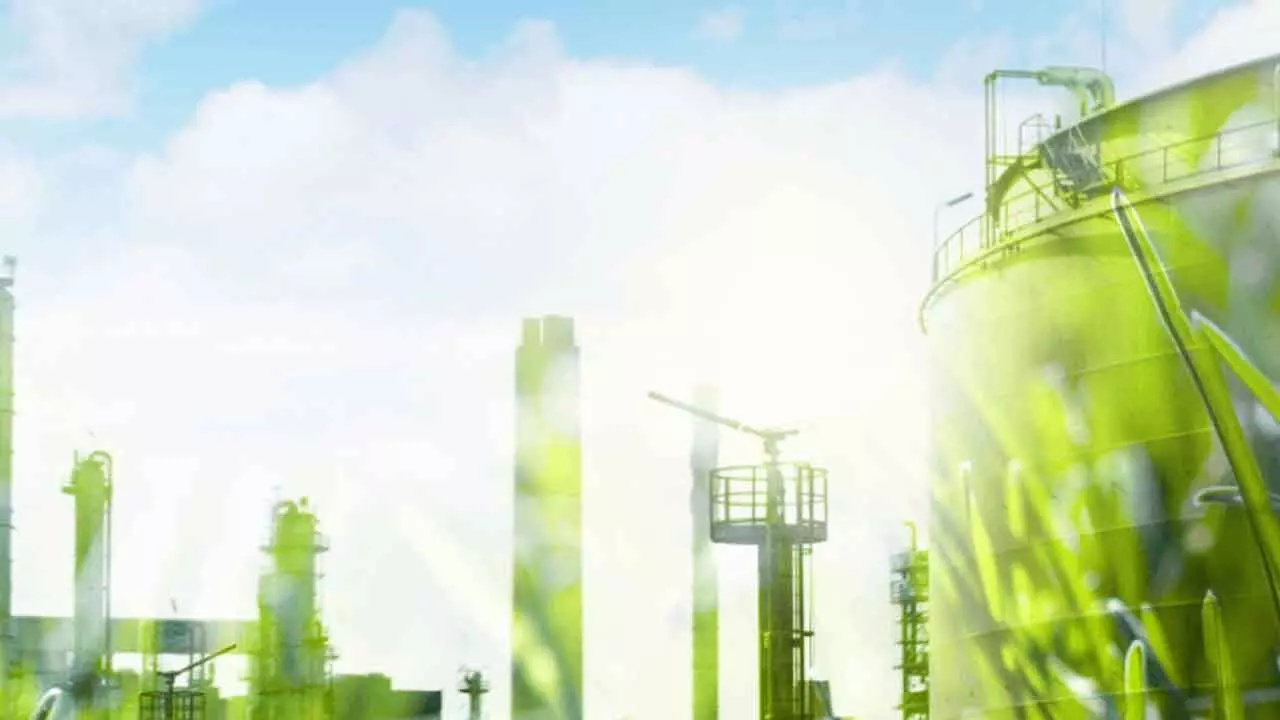What Will It Take To Decarbonise India’s Growth-Driving Industries?
The path to net zero by 2070—and a resilient, developed India by 2047—demands unprecedented investment in both mitigation and adaptation
What Will It Take To Decarbonise India’s Growth-Driving Industries?

With hard-to-abate sectors entering the spotlight and infrastructure demand set to surge, climate finance must scale up urgently
India’s climate ambitions are reflected through the Nationally Determined Contributions (NDCs) and the announcement of Net Zero emissions by 2070. India requires around $2.5 trillion (at 2014-15 prices) to meet the NDC targets till 2030. As per NITI Aayog’s India Energy Security Scenarios (IESS) 2047, a scenario-building tool, the total investment required for energy transition is estimated at $250 billion per year till 2047. However, this cost does not include the cost of EV infrastructure, demand infrastructure such as new iron and steel plants, etc.
Finance for adaptation action is vital for addressing climate change impacts, building resilience and achieving India’s development goals. Preliminary estimates indicated that about $206 billion (at 2014-15 prices) would be required from 2015 to 2030 to implement adaptation actions in agriculture, forestry, fisheries, infrastructure, water resources and ecosystems. According to the Initial Adaptation Communication submitted by the country in December 2023, the cumulative expenditure needed for adaptation in a Business as Usual (BAU) scenario is estimated to be Rs 56.68 trillion (approx. $648.5 billion) till 2030 at 2023-24 prices.
India’s proactive measures have yielded positive results, with many targets under its first Nationally Determined Contribution (NDC) achieved ahead of schedule. India achieved 40 per cent cumulative electrical power installed capacity from non-fossil fuel sources in 2021, well before the 2030 target. Similarly, the emission intensity of GDP was reduced by 33 per cent from 2005 levels by 2019—nine years ahead of the target year. Recognising the progress, India revised its NDC in August 2022, enhancing the target to reduce GDP emission intensity to 45 per cent (up from 33-35 per cent) by 2030 and increasing the target for non-fossil fuel-based cumulative electric power installed capacity to 50 per cent (from the earlier 40 per cent). India has successfully established an installed electricity generation capacity of 222.85 GW from non-fossil fuel sources, which account for 47.4 per cent of the total capacity as of 28 February 2025.36 There has been notable progress in energy generation from non-fossil fuels, including nuclear, hydro, and renewable sources. This segment reached 420.8 thousand gigawatt hours in the 2022 23 provisional data, making up 22.8 per cent of the total gross energy generation. Within this, large hydro represents 8.81 per cent, nuclear contributes 2.79 per cent, and renewables account for 11.52 per cent.
The extensive cross-sectoral measures adopted across the economy, coupled with schemes promoting energy efficiency and influencing consumer and producer behaviour, have significantly impacted emissions growth. A report by the International Finance Corporation lauds India’s commitment to its climate goals, identifying it as the only G20 nation aligned with the 2°C global warming threshold. Significantly, these achievements have been mainly driven by domestic resources, reflecting India’s reliance on internal capabilities for climate action.
However, meeting its updated NDC targets requires an estimated $2.5 trillion (at 2014–15 prices) by 2030. To bridge this significant financing gap, access to affordable finance and advanced technology—particularly from developed countries, as stipulated under the UNFCCC and the Paris Agreement—is critical for sustaining and scaling India’s climate efforts.
For Viksit Bharat by 2047, enhancing physical infrastructure will be of paramount importance. Within the spectrum of industries that can bolster infrastructure development, the iron and steel, aluminium, and cement industries are of particular importance. The development of public infrastructure and industrial growth is anticipated to generate considerable demand for these industries, given their critical role in providing essential materials.
However, at the same time, there is a pressing need to promote low-emission production in line with India’s climate ambitions. Emissions from these industries are hard to abate due to their reliance on energy, complex processes and technologies that have high emissions, and existing gaps in research and development of technologies to reduce their emission intensity.
While these industries are inherently capital-intensive, their transition to low-emission technologies will be even more capital-intensive. An orderly transition of this sector is key to India’s development strategy. Investments need to flow not only towards the development of low-emission technologies but also to support the modernisation and capacity enhancement of existing facilities, avoiding the risks of stranded assets and sunk costs.
The climate finance taxonomy aims to direct investment towards the hard-to-abate sectors to support the development of indigenous low-emission production technologies, large-scale deployment of mature climate technologies, and the building of domestic expertise for a gradual transition to low-emission pathways. The focus will initially be on the iron and steel and cement industries, with provisions for periodic review to accommodate evolving requirements and progressively include other hard-to-abate sectors such as fertilisers, aluminium, and more.

